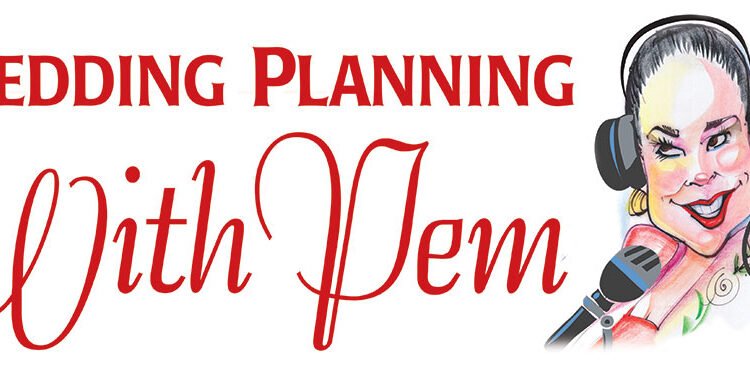(This column first appeared in the September print edition of the Hendersonian.)
In today’s world, where every detail of a wedding is carefully curated, the bridal bouquet has transcended its role as merely a lovely accessory; it has evolved into a breathtaking centerpiece that amplifies the elegance of the wedding décor. This vibrant tradition is steeped in rich history and meaning, offering much more than just visual appeal.
Let’s travel back to the Middle Ages, where bouquets took on real significance. They weren’t just pretty—they served a practical purpose. Wedding bouquets became essential for masking unpleasant odors, especially during the plague, when hygiene wasn’t a priority. Brides would include garlic and spices in their bouquets to ward off mischievous spirits and maintain their fortune. If we travel even further back in time, we find that Greek, Roman and Egyptian brides carried compact bouquets of sweet marjoram, rosemary and thyme. These flowers symbolized new beginnings, hopes for fertility, happiness and loyalty. Here’s where the legendary bouquet toss made its grand entrance! Thrilled young ladies, brimming with hopes of romance and good fortune, eagerly awaited their chance to catch a piece of the bride’s attire. They believed that just touching her could spark a wave of luck in love! Amid the delightful chaos of the bouquet toss, the bride cleverly made her escape, all while keeping her gown intact. It was a blend of fun, frenzy and a dash of magic. Understanding the rich history behind this cherished tradition adds an exciting twist to your bridal blooms.
Today’s wedding bouquets come in various styles, from vibrant and asymmetrical to monochromatic and spherical. Here are seven popular styles to consider.
The Nosegay: A small floral bouquet, typically made up of a few stems of the same flower. It’s easy to hold and not overwhelming, making it ideal for flower girls or the bride’s mother. It also offers a subtle option for brides wanting a quieter floral statement.
The Pomander: A round floral arrangement worn on the wrist, often carried by flower girls. Its 360-degree floral coverage requires more labor than the standard 180 degrees, which can increase costs significantly.
The Hand-tied Bouquet: Any bouquet created with stems tied together using ribbons. Classic hand-tied bouquets feature tightly bound stems wrapped in ribbon, while a more romantic style may have stems tied just below the blooms and fanned out at the base.
The Asymmetrical Bouquet: Characterized by its uneven appearance, one side is higher than the other or features a prominent accent on one side. Typically a mix of foliage and florals, asymmetrical bouquets allow for diverse arrangements.
The Pageant or Presentation Bouquet: This bouquet is held in the crook of one arm, rather than grasped with both hands. It’s ideal for vintage-style weddings but can also achieve a modern look with flowers such as delphinium and calla lilies.
The Cascading Bouquet: Resembling a waterfall, a dense cluster of flowers leads to a looser spray that flows towards the floor. Orchids work well for this due to their natural cascading shape.
The Biedermeier: Named after the Biedermeier period in 19th-century Germany, this bouquet style is known for its clean lines with emphasis on simple elegance. It is characterized by its tightly packed, concentric circles of different flowers, which create a layered, almost striped look. The bouquet’s structure often features a round or conical shape, with each ring showcasing a different type and color of flower.
As you plan your big day, let your bouquet embody a legacy of tradition and significance. Allow your bridal blooms to weave an enchanting story that beautifully reflects your love.
My Love Note: A thoughtfully crafted bouquet complements the holder’s ensemble and reflects the day’s charm.
***
Pem Pfisterer Clark has been hosting the nationally syndicated radio show “Wedding Planning With Pem” for over 20 years. The show provides valuable advice, insider tips, etiquette and money-saving ideas to listeners across the country. Bill Stevens Stark is the executive producer of the show.






















